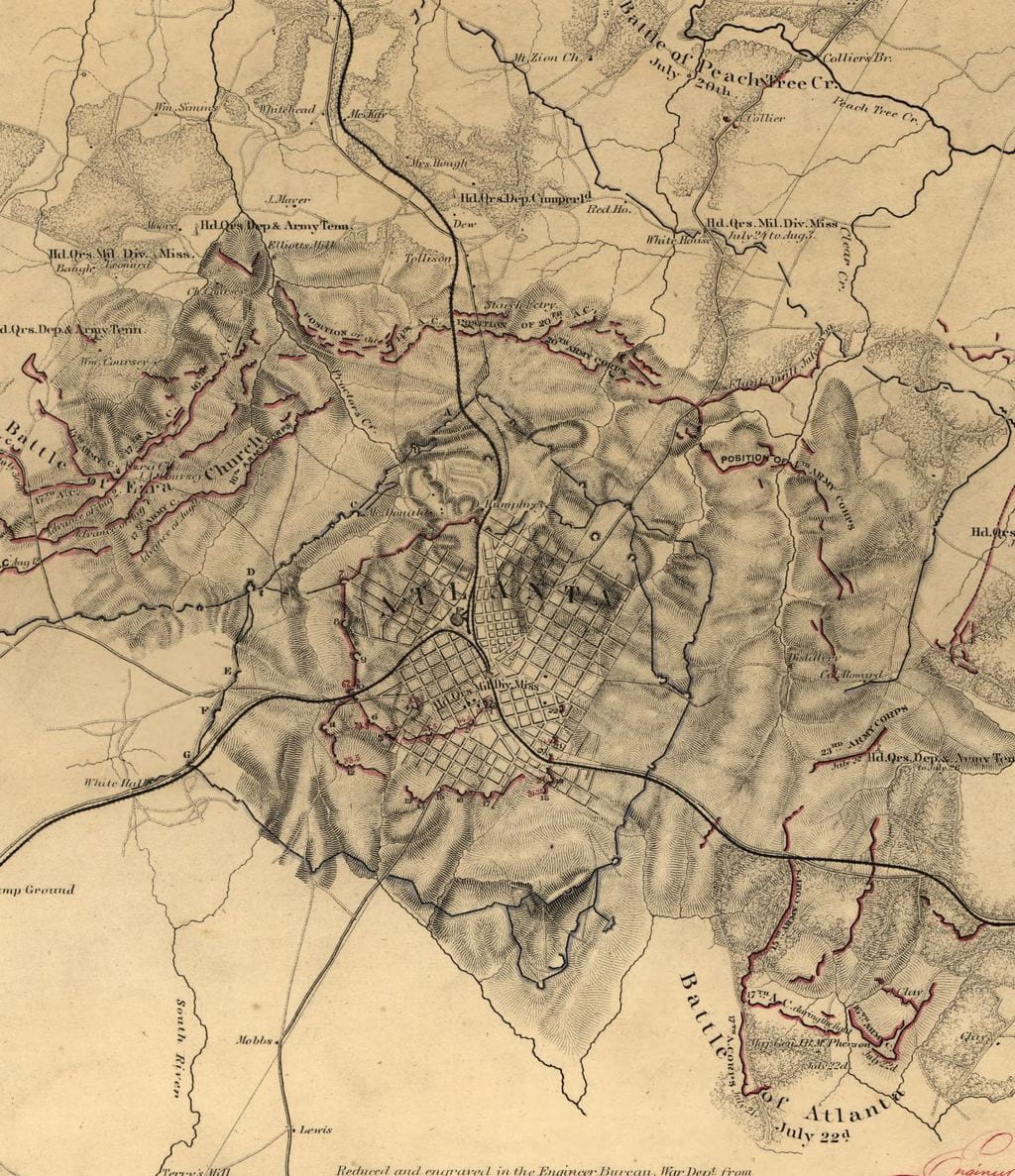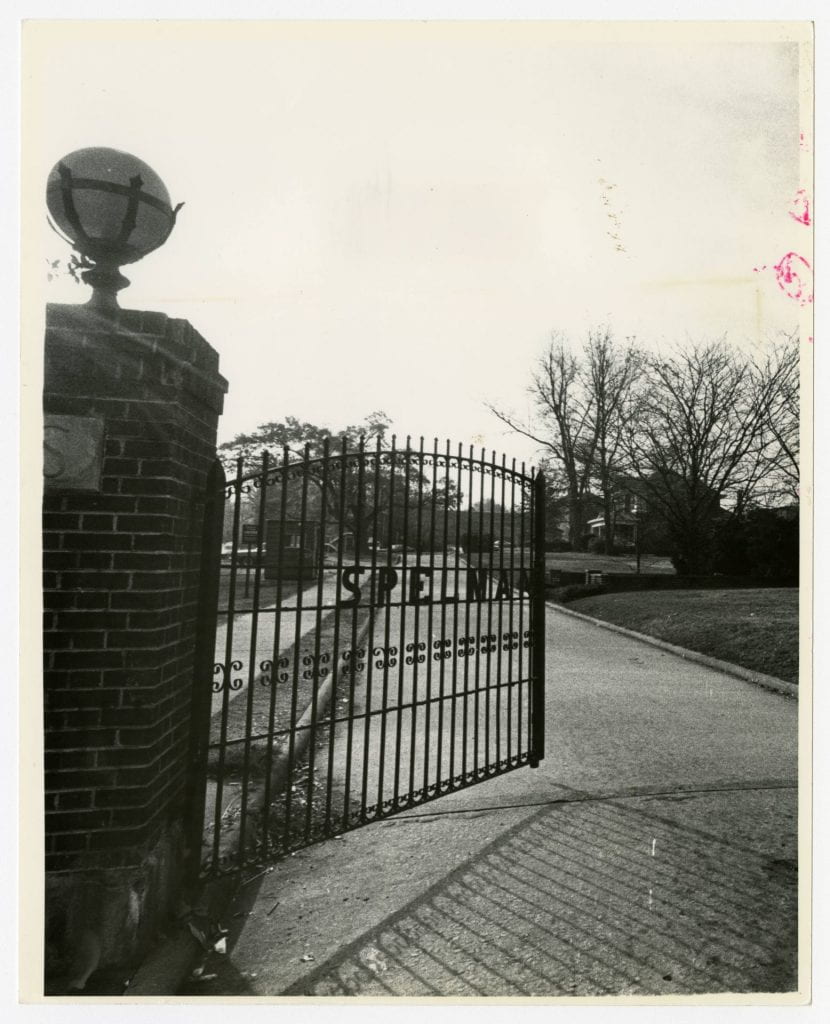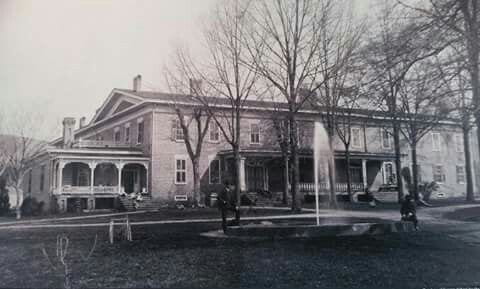One day, I grew curious after seeing the construction workers extending Grady’s complex building. I asked myself, “where Grady’s original building stands and how were the nurses and patients treated in the public institution?” Like any other institution, Grady started with one building. During the early and mid-20th century, the First Public Hospital in Georgia expanded. Grady mirrored the social structures in the south during Jim Crow segregation. Many people are not aware of the hidden story about the Training School of Nursing Program for Caucasian and Colored Nurses. In my report, I will discuss the origin and development of Grady Hospital, the Grady Hospital Nursing Training School, and the nursing training program’s history in the United States. I will also talk about the pioneers who pushed for equality. Unifying Grady Nursing Program created a promising future for the hospital.
Continue readingthe histories of our streets
Georgia State University students map Atlanta's past
Month: April 2022
The William Oliver Building: Atlanta’s Original Art-Deco Highrise
)
Downtown Atlanta is certainly devoid of many of its original prominent buildings. Just a few, such as the comically endearing wedge-shaped Flatiron Building and the lavishly decorated Candler Building sit amongst modernist monuments to an era of Urban Renewal and post-war corporatism. One of these surviving buildings was also the city’s first entry into the Art Deco wave of the late ’20s and ’30s, the William Oliver building.
Continue readingIn a Time Long Ago…

For many residents of Atlanta’s Eastside, US-23 (or Moreland Avenue) is the backbone of their community. It connects the vibrant cultural hubs of Little Five Points and East Atlanta Village to a myriad of classic Eastside neighborhoods such as Candler Park and East Atlanta. While this route may be a high-traffic residential road today, in 1864 it was little more than undeveloped farmland—unremarkable in every way except its role as the dividing line between Fulton and Dekalb counties. However, as Sherman’s Federal armies made their way towards Atlanta, this undistinguished strip of land would become the site of some of the fiercest fighting experienced by participants of the Atlanta Campaign in the American Civil War. While this clash of arms took place in an area that was, at the time, southeast of the city limits, the action which centered around Federal fortifications at Bald Hill came to be known both to its contemporaries and historians as the Battle of Atlanta. The Battle of Atlanta, though a fierce and bloody contest, would prove inconsequential to the fate of the city and today is a forgotten relic of Atlanta’s past, its historical markers serving as the only testaments to this tremendous folly of war.
Spelman College is currently regarded as one of the most highly esteemed and respected colleges dedicated to the higher education of African American women. The school has a long history that has led to this achievement.

Spelman’s beginnings may surprise some due to its distinguishment as an HBCU. Originally named Atlanta Baptist Female Seminary, Spelman College was founded in 1881 by Sophia Packard and Harriet Giles. Both were white women who hailed from Massachusetts and came to Atlanta with the hope of establishing a school for young black women. Backed by financial support from the Woman’s American Baptist Home Mission Society (WABHMS) and others, Giles and Packard opened a school in the basement of Friendship Baptist Church, an African American church in southwest Atlanta.
Continue reading
Prohibition in Georgia has a long history; starting as early as the 1830s, temperance communities had become prevalent. Because of Atlanta’s explosive growth and development post-Civil War, saloons and other entertainment establishments were widespread throughout the city, particularly on Decatur Street. With an ever-increasing number of saloons, public drunkenness became commonplace, and the societal costs of drinking became more apparent. Saloons not only provided space for interracial mingling and intoxication, but they were also a symbol of the growing Black middle-class. These factors only incited tension among the races, further pushed to the brink by inflammatory publications that ultimately lead to a massacre of the Black community. The Riot of 1906 was the catalyst for Georgia’s statewide prohibition act, which sought to further disenfranchise minorities rather than address the societal issues at hand.
Continue readingAtlanta Area School for the Deaf and the History Behind Deaf Education in Atlanta
Deaf and hard of hearing children were never allowed the same level of access to education that hearing children received. Up until the early 1900s, Deaf education was overlooked in Atlanta. Deaf and hard of hearing children weren’t allowed to attend public schools and were forced to be homeschooled. Without the proper tools they needed to succeed, such as a form of communication and effective teaching methods, hearing impaired children were given the label of “Deaf and Dumb”.

Injustice Hidden Deep in Atlanta’s Forest: The Old Atlanta Prison Farm and the South River
The Old Atlanta Prison Farm has become a strong source of controversy in Atlanta’s political sphere due to the City of Atlanta’s future plans for the land. The prison was located in southeast Dekalb on 1248 acres of forest next to the South River. For some Atlantans, this revelation might come as a surprise. As a native Atlantan who grew up in southeast Decatur 5 miles away from part of the land that is now Cedar Grove Middle School, this discovery was a shock. For others, it’s not so surprising considering Atlanta’s environmental history. It’s hard to imagine trees where there are now buildings, but there are many green spaces inside the perimeter that are clues to this past.
Atlanta plans to sell the land to BlackHall Studios, meaning many trees will have to be cut down to build what Blackhall Studios wants to be the biggest sound stage in the nation. The world is currently in a vulnerable environmental climate; these actions put our city at further risk. The city also plans to allot 300 acres of the land to build an extensive facility as well as a mock city, hence the nicknamed “cop city.” Considering the history of this space as well as environmental issues, these future plans should concern all Atlantans.
Continue reading
In 1936, Techwood Homes became the first-ever public housing project in the Nation. It was located northwest of Downtown, between the Coca-Cola headquarters and Georgia Tech’s campus. Its construction replaced a de facto integrated low-income neighborhood known as Tanyard Bottom. At the time of its opening, Techwood Homes was established as a “whites only” complex. It would remain this way until white flight infringed on the city after integration was brought on by the civil rights movement. Over the years, federal funding was not properly allocated toward housing projects such as Techwood. As a result, the neighborhood became a blight to the city with failed revitalizations, high crime, and high poverty rates. In 1990, it was announced that the Summer Olympics would be hosted in Atlanta, and thus began the revitalization of poor neighborhoods such as Techwood Homes. Sixty years after its creation, Techwood Homes would be demolished and replaced by a mixed-income housing project called Centennial Place which still stands today. The initial development and then redevelopment of Techwood Homes are both terribly similar as both times business and political leaders sought to replace a blighted neighborhood and, in the process, ended up disproportionately harming some of the city’s most vulnerable communities.
Continue readingSubscribe by Email
Completely spam free, opt out any time.
Please, insert a valid email.
Thank you, your email will be added to the mailing list once you click on the link in the confirmation email.
Spam protection has stopped this request. Please contact site owner for help.
This form is protected by reCAPTCHA and the Google Privacy Policy and Terms of Service apply.

Header image: George F. Cram, Atlanta (1883)
© 2024 the histories of our streets
Theme by Anders Noren — Up ↑